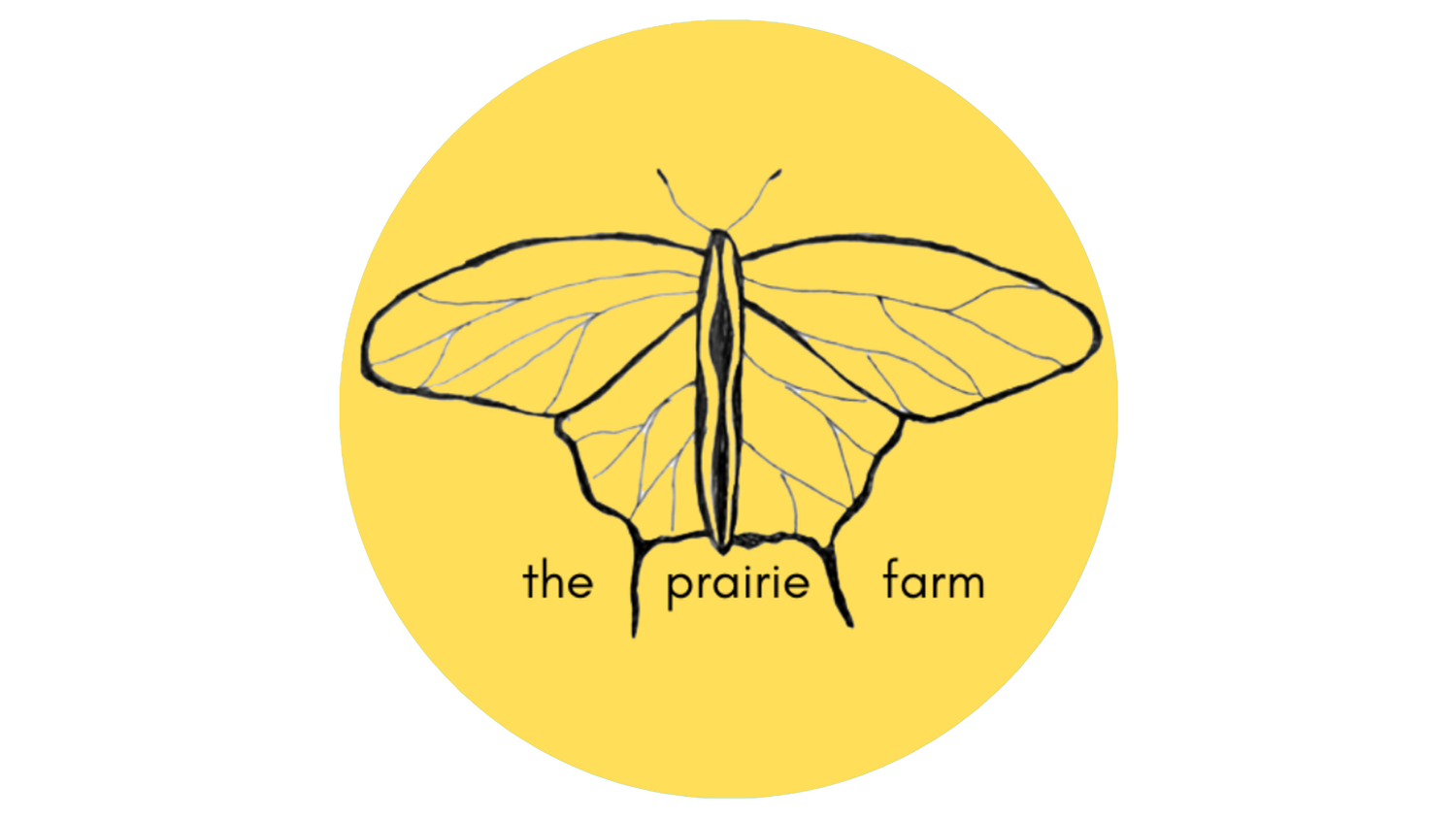Why are native flowers so much better?
First thing’s first, let’s define some things. ‘Native flowers’ are plants that grow naturally in a specific region or ecosystem, while ‘introduced flowers’ are those that have been brought from other parts of the world to a different habitat. While there is an ongoing debate over which type of flower is better, we believe it’s obvious which is optimal. There are many reasons why native flowers are considered superior to introduced flowers.
One of the primary reasons is their ability to thrive in their natural environment. Native flowers are already adapted to the local climate, soil, and rainfall patterns, making them more resistant to drought, disease, and pests. They have developed mechanisms to survive harsh weather conditions, and their deep roots help prevent soil erosion. On the other hand, introduced flowers may struggle to adapt to the new environment and may require more water, fertilizer, and care to thrive. Though that’s not necessarily a bad thing, I think Winston Churchill put it best, “Never stand up when you can sit down, and never sit down when you can lie down.” He wasn’t saying be lazy. He was saying, energy preservation is important to success. (He had many work meetings laying down.)
Native flowers also play an essential role in maintaining the balance of local ecosystems. They provide food and habitat for native wildlife, including insects, birds, and small mammals. These animals have co-evolved with native plants, and the loss of native flowers can have severe consequences for their survival. On the other hand, introduced flowers may not provide the same benefits to local wildlife, as they may not be suitable for pollinators or may even become invasive and displace native plants, disrupting the local ecosystem. There are times that introduced flowers will bring benefit to the local fauna, but that’s more of the exception than the rule. For instance, Tropical Milkweed, though a milkweed, harms butterflies, as opposed to the native milkweeds in the Midwest. The Tropical Milkweed causes issues with their digestion and can in cases be a death sentence.
Native flowers also help to reduce the carbon footprint for several reasons. One you aren’t transporting them as far. Two, plants tend to be more efficient at pulling carbon into the ground in their native landscape. By planting native flowers, individuals can contribute to the preservation of local ecosystems, promote biodiversity, and reduce the negative impact of human activity on the environment.
While introduced flowers may be attractive and popular, native flowers are superior in many ways. They are better adapted to local conditions, provide essential benefits to the local ecosystem and wildlife, and even pull more carbon out of the atmosphere. That is why we are so gung-ho about native plants of all kinds.
If you’re looking for some native plants, check out our backyard garden mixes.
And if you’re trying to learn how to grow native plants, check out our Prairie Farm Blog.
Blessings!

